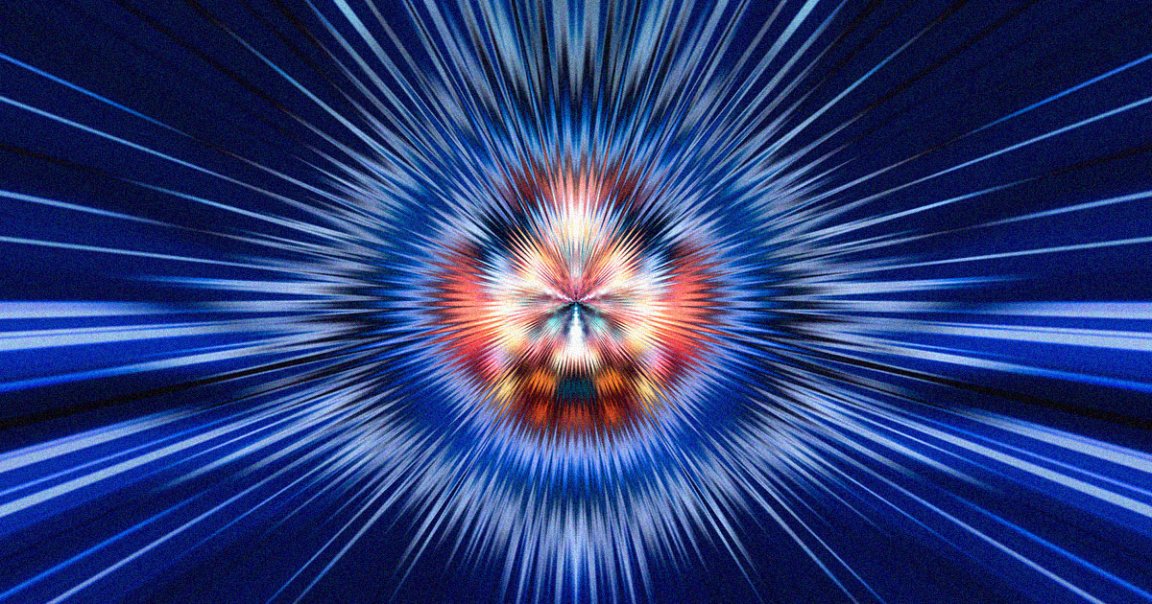
Instead of a single Big Bang that brought the universe into existence billions of years ago, cosmologists are starting to suspect there may have been a second transformative event that could explain the vast abundance of dark matter in the universe.
As New Scientist reports, our recent glimpses into early moments of the universe, just millions of years after the Big Bang, could allow us to gain new insights into this “dark” Big Bang, which could solve a conundrum that’s been plaguing astronomers for almost half a century.
Dark matter is the hypothetical form of matter that doesn’t interact with light or electromagnetic fields in any way, yet appears to make up roughly 27 percent of the known universe.
Astronomers have long attempted to explain why clusters of galaxies move in ways that our existing Standard Model of physics can’t account for. To make the math work, the dominant explanation is that there’s a bunch of stuff out there that we can’t see.
Despite our best efforts, however, we’re still unable to observe this matter directly. Now, some researchers are wondering whether a second big bang might have brought the exotic substance into existence after the regular matter we’re accustomed to dealing with.
“People always assume everything is created at the same time in a single big bang, but who really knows?” Katherine Freese, physics professor at the University of Texas at Austin, told New Scientist.
In a yet-to-be-peer-reviewed paper, Freese and her colleagues suggest that a “Dark Big Bang” may have “occurred when the universe was less than one month old.”
They suggest the event could’ve formed several different kinds of dark matter, including “darkzillas” — yes, that’s a “Godzilla” reference — which are monstrously sized particles 10 trillion times the mass of a single proton.
However, if the event was more gradual instead of forceful and abrupt, the Dark Big Bang would’ve produced lighter “dark cannibal” particles that would absorb each other with each collision.
These particles aren’t unlike one of the leading dark matter candidates, called “weakly interacting massive particles” (WIMPs), which astronomers have posited for decades to explain the mysterious forces falling outside of the Standard Model of physics.
Freese is now hoping that studying gravitational waves emerging from the universe‘s gravitational wave background could shed more light on her Dark Big Bang theory.
Her work is part of a greater shift in the astronomy community. Instead of one big event that created the universe, cosmologists are now wondering whether the universe may have gone through several phase transitions, slowly bringing everything from matter to dark matter into being.
By measuring disturbances in signals sent out by highly magnetized neutron stars called pulsars, scientists have been trying to pinpoint the origin of these gravitational waves or ripples in space-time, with the hopes of gaining insights into the earliest days of the universe.
Perhaps then we can get one step closer to unraveling the mystery surrounding the existence of dark matter — or whether “darkzillas” or “dark cannibals” might account for a good portion of the stuff that surrounds us.
More on the Big Bang: Amazing Video Soars Through James Webb’s Dazzling 3D View of Universe